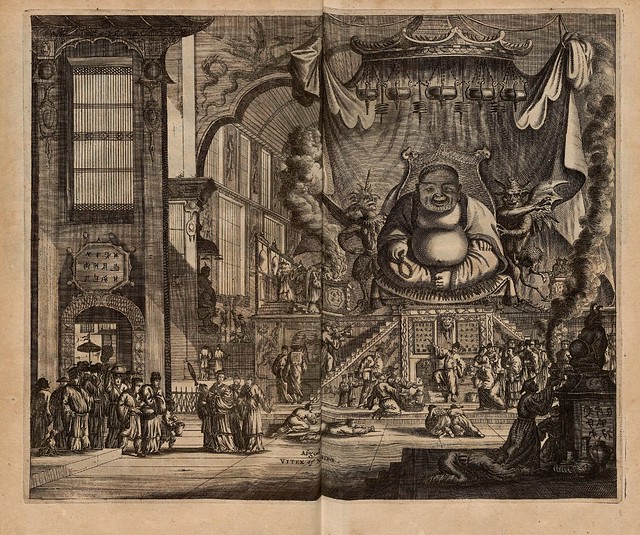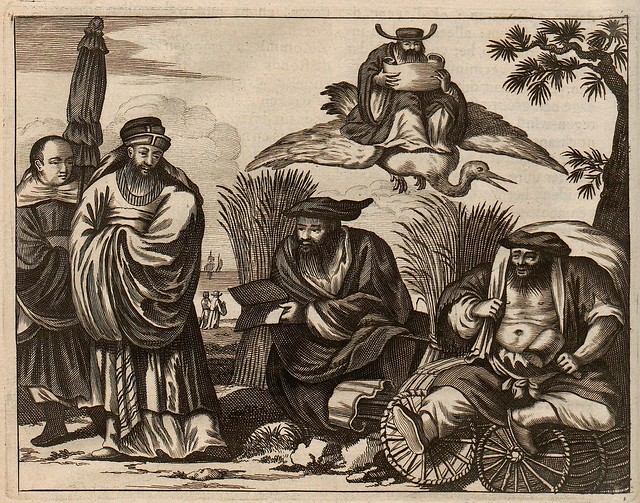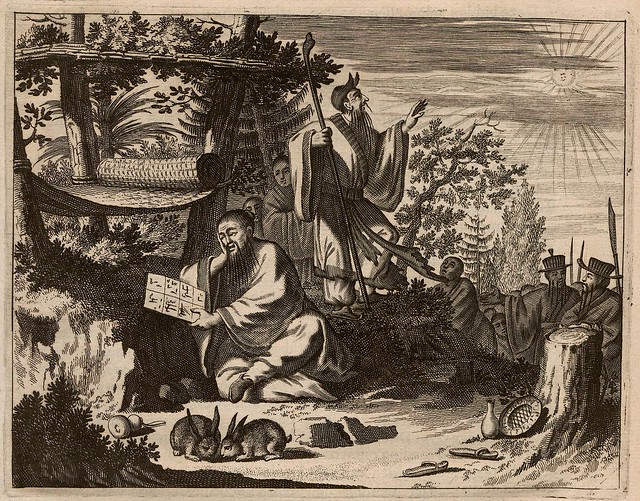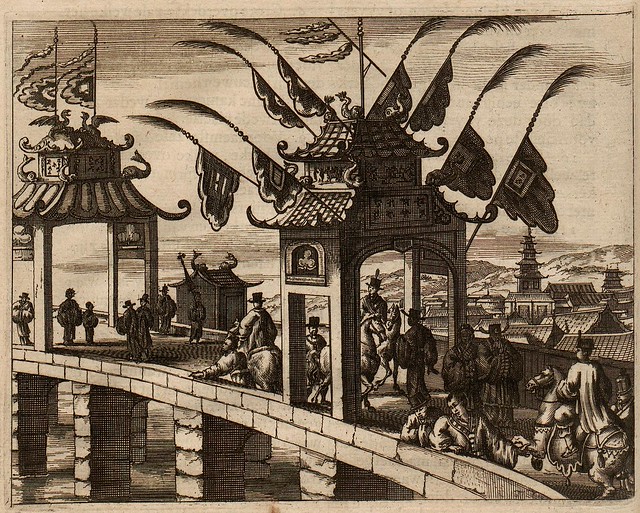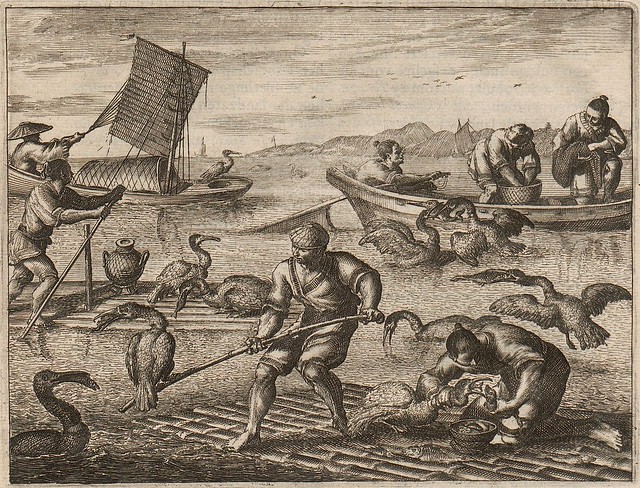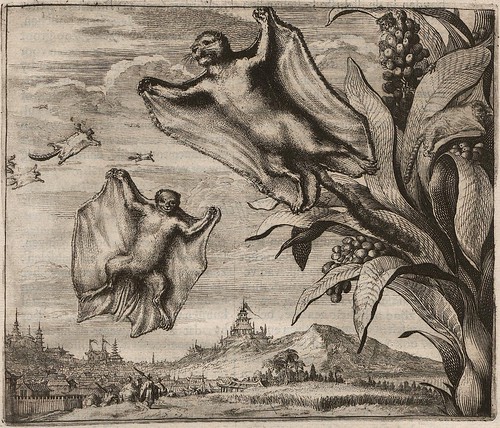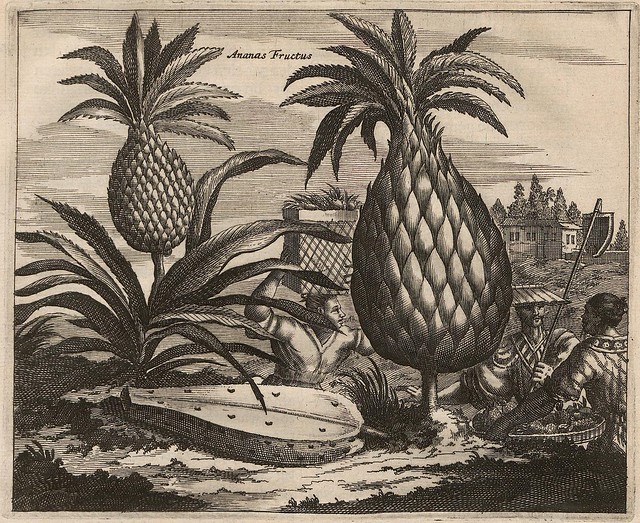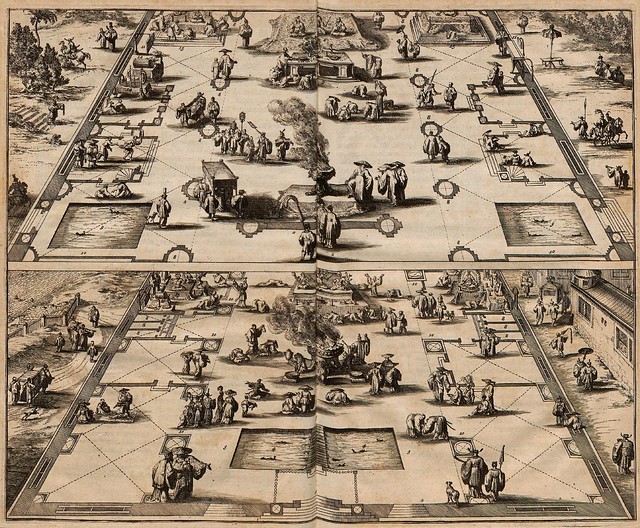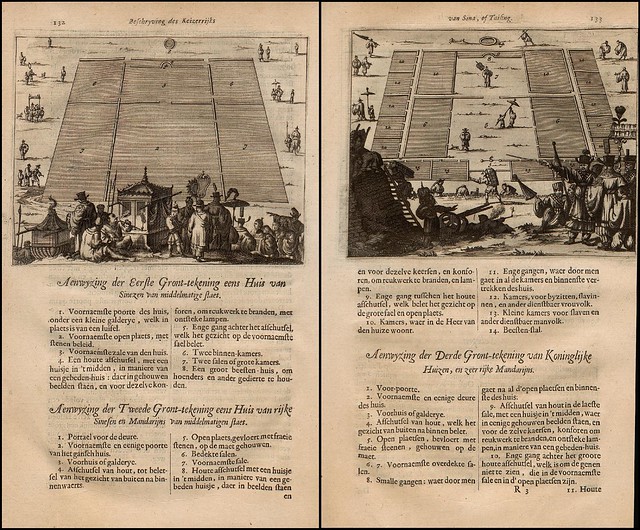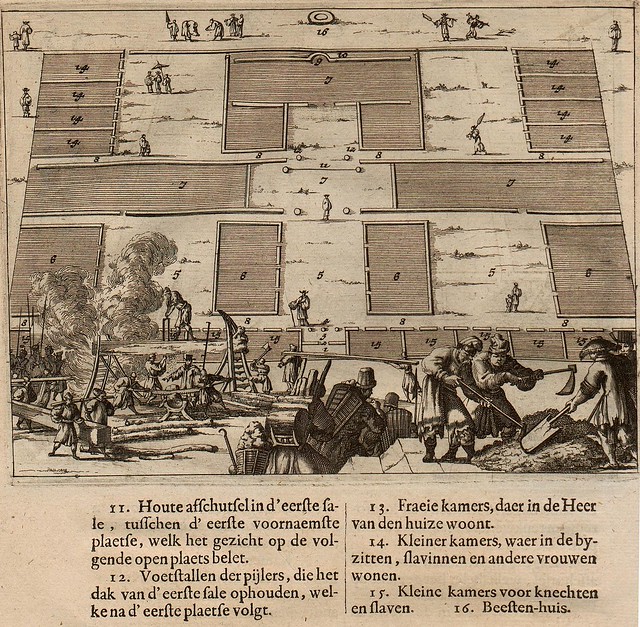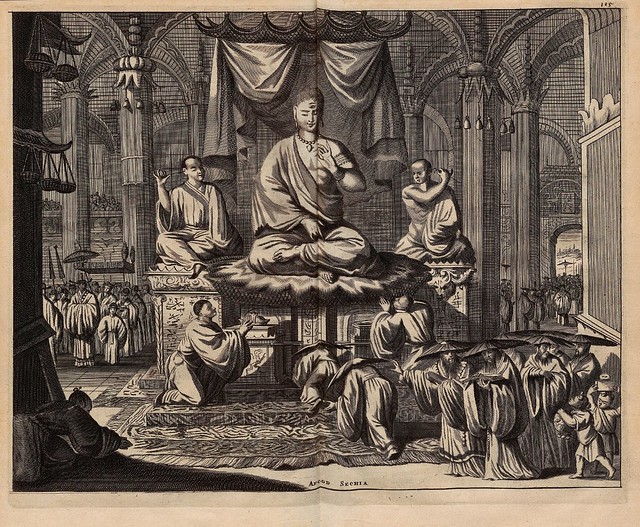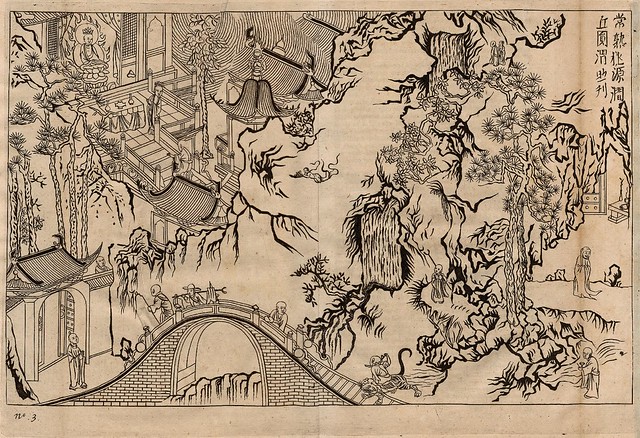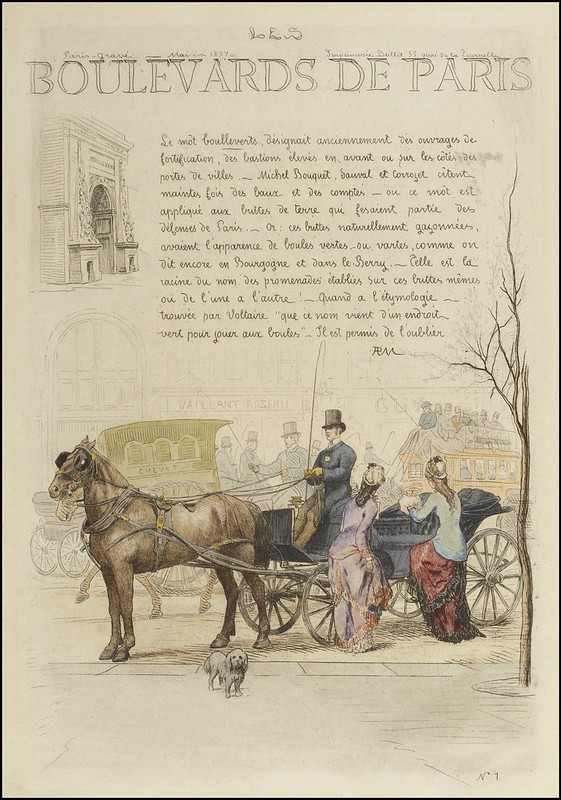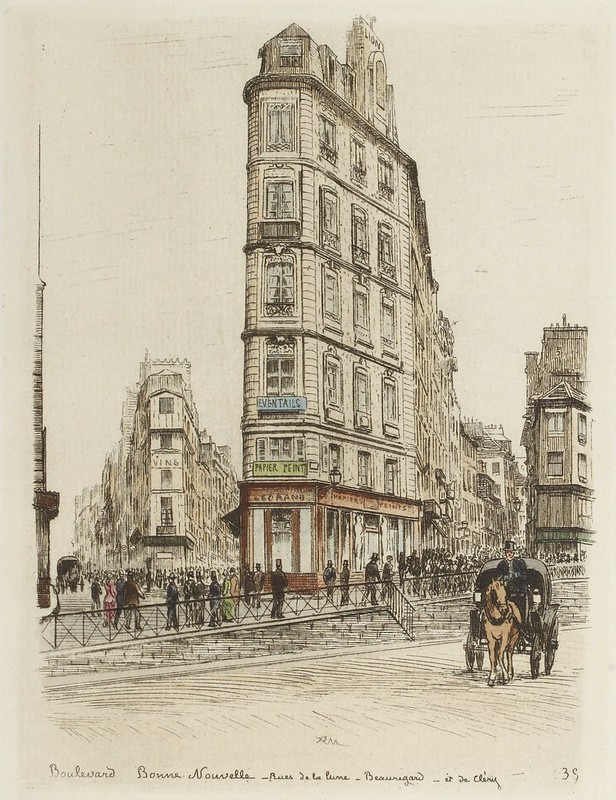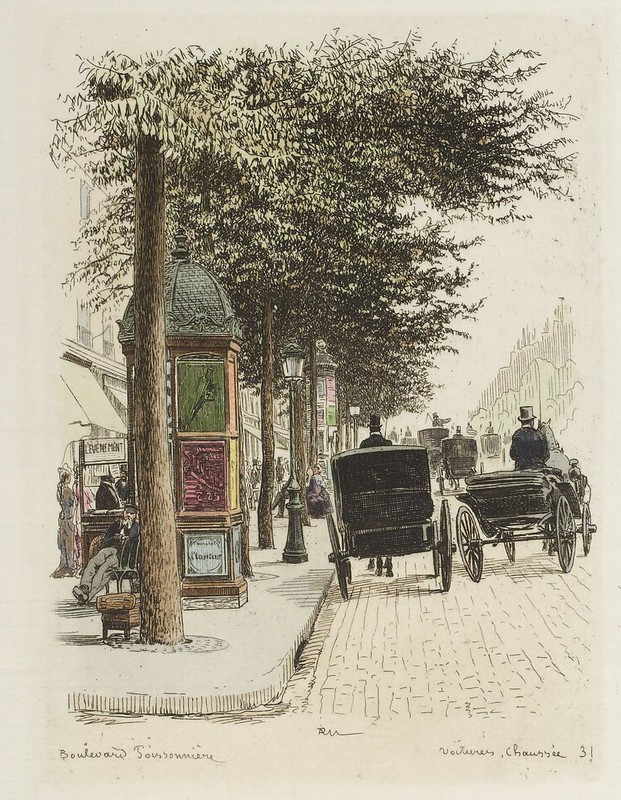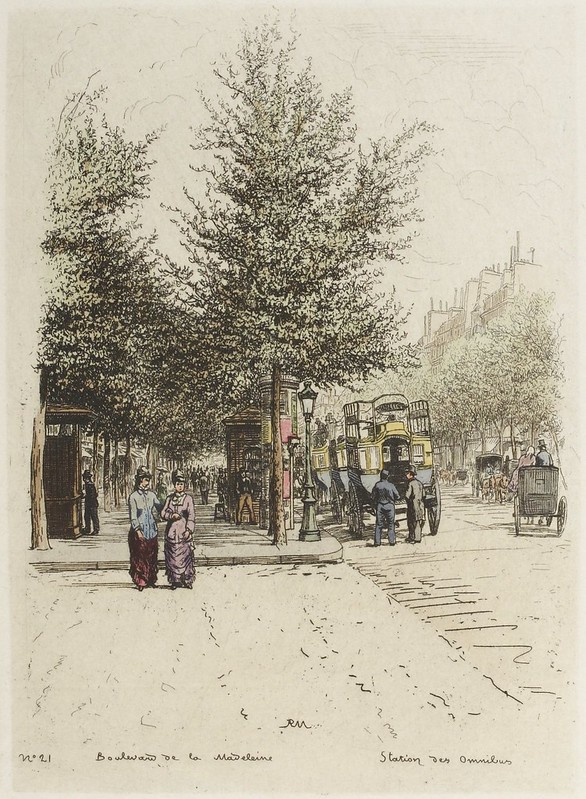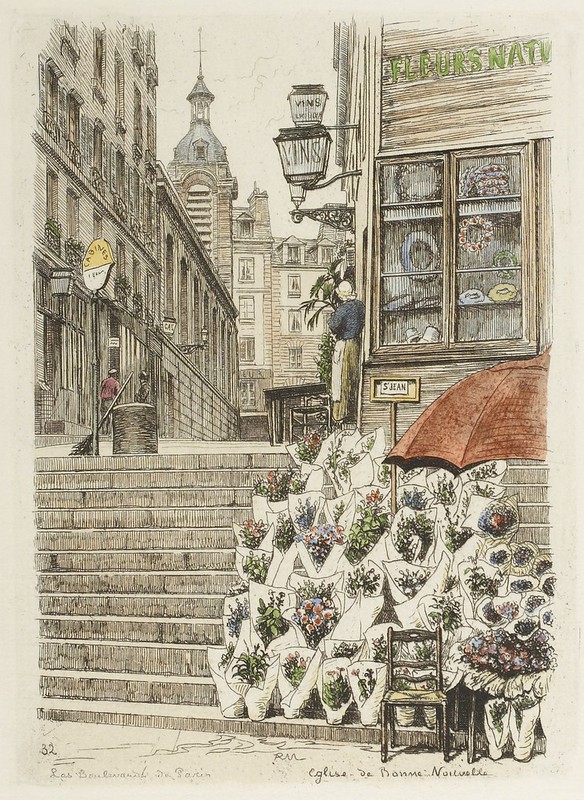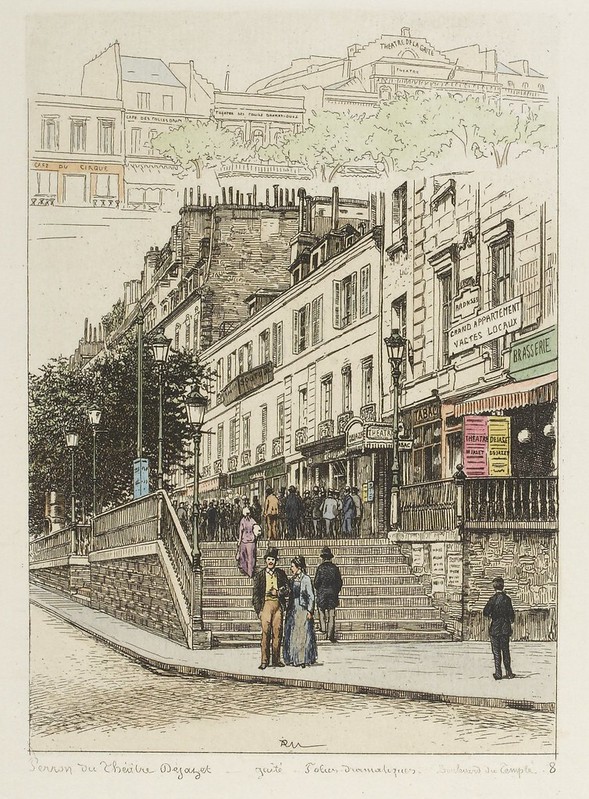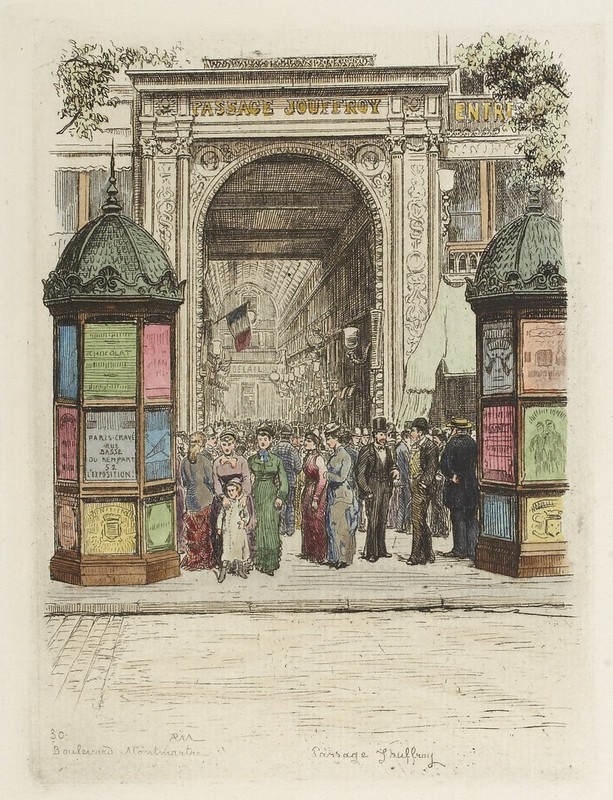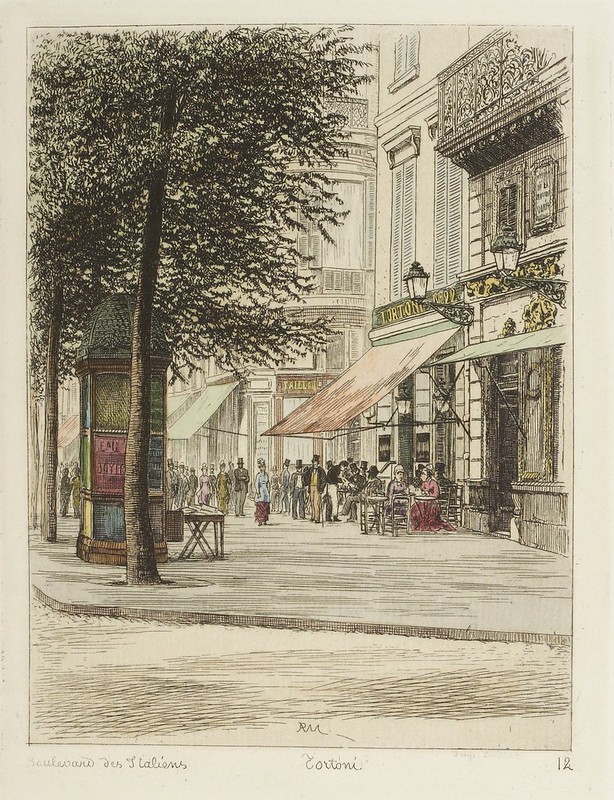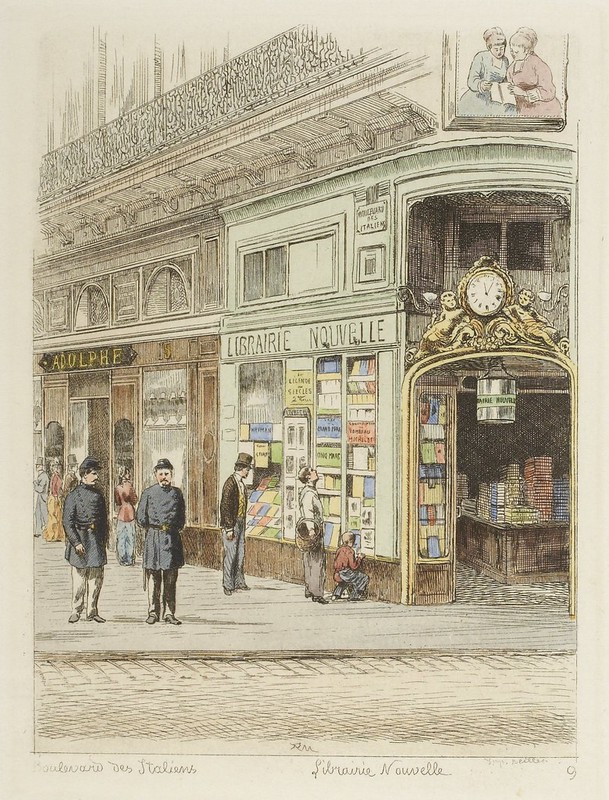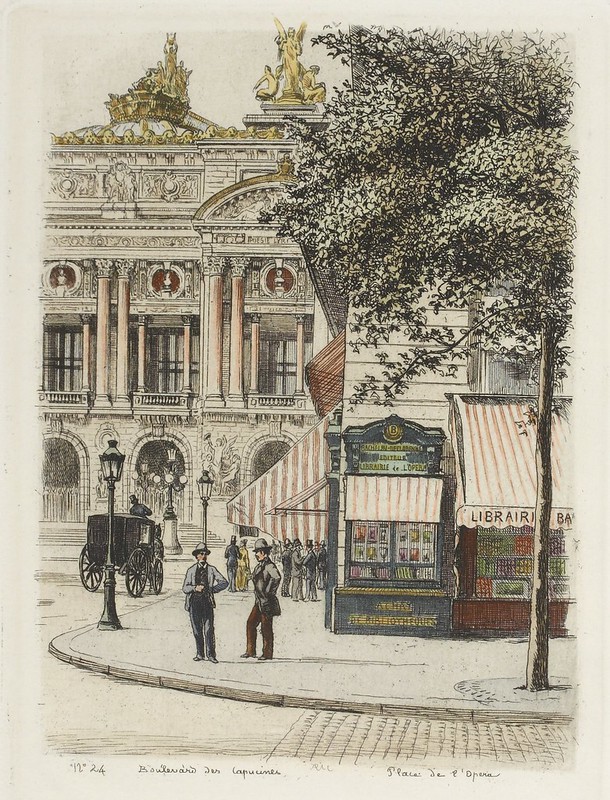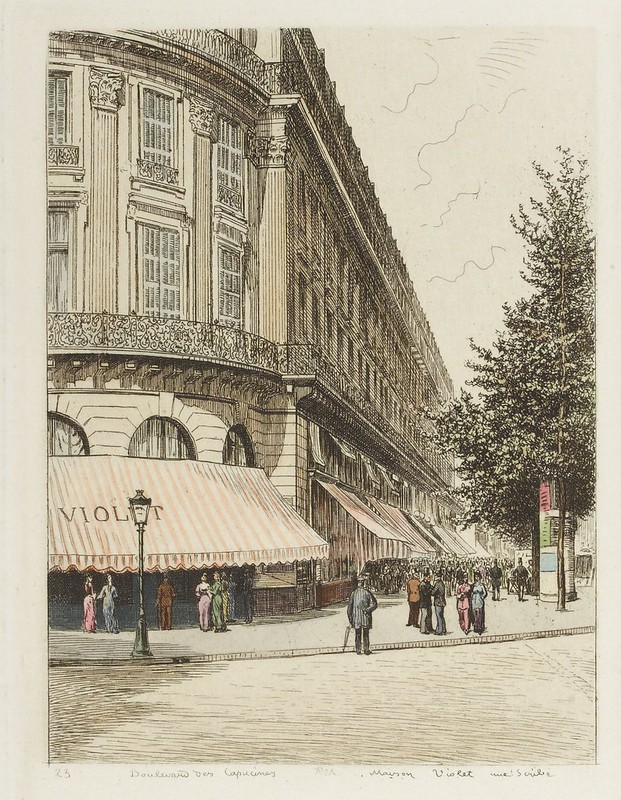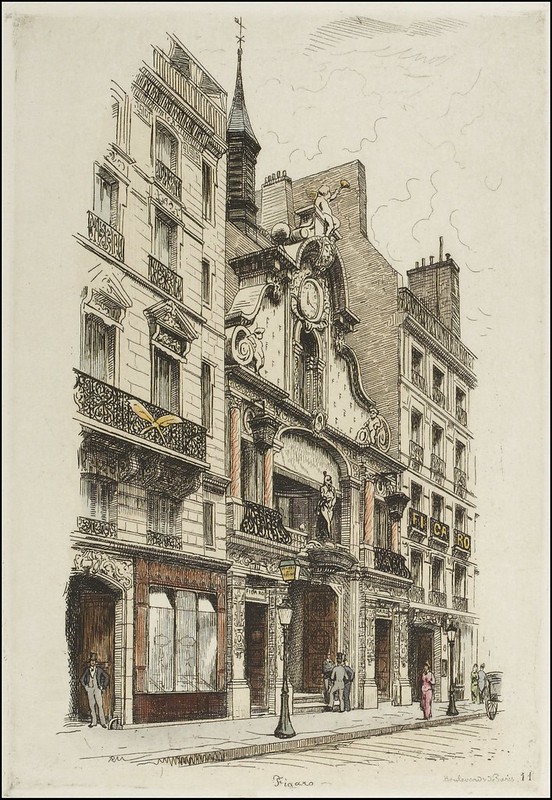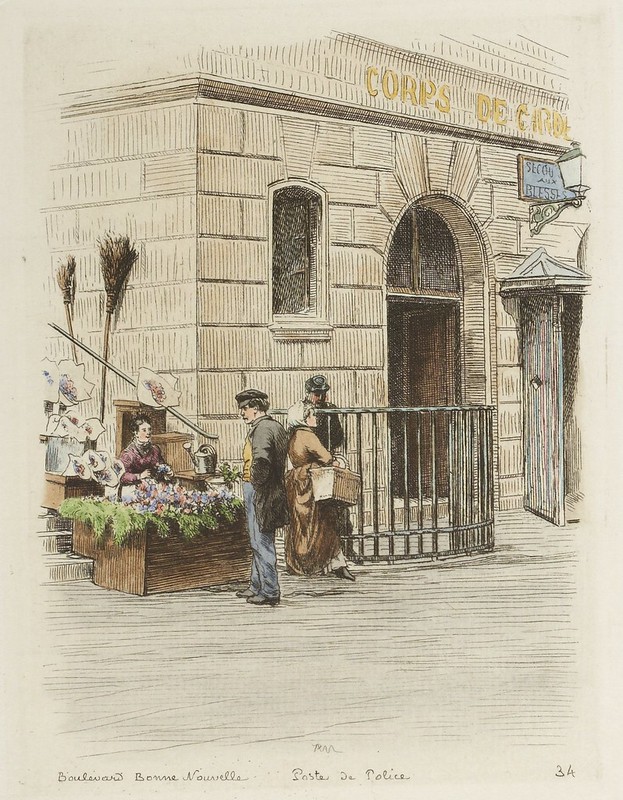And many more Destructions played
In this ghastly masquerade,
All disguised, even to the eyes,
Like bishops, lawyers, peers, or spies.
Last came Anarchy; he rode
On a white horse, splashed with blood;
He was pale even to the lips,
Like Death in the Apocalypse.
PB Shelley - The Masque of Anarchy, 1832
"The masque was a form of festive courtly entertainment which flourished in 16th and early 17th century Europe [..and..] involved music and dancing, singing and acting, within an elaborate stage design, in which the architectural framing and costumes might be designed by a renowned architect, to present a deferential allegory flattering to the patron." [source]
"The designs [..below..] are from the workshop of Daniel Rabel (1578-1637), the artist responsible for creating costumes for the spectacular entertainments performed by and for the French court. The ballets were based on the social dances of the day, but this was social dance elevated to an elaborate art form which combined choreography with poetry, music, song and pageanty, and included elements of satire and burlesque.
The ballets were enormously popular. Most were given at least three performances and all required a great amount of work from their creators and performers[..] Some professional dancers, actors and singers took part but the majority of the participants were members of the nobility. Many of these aristocratic amateurs were skilled performers, including the King, who adored dancing and devised some of the ballets himself." [source]
The sketches in this post (slightly cropped and lightly background spot-cleaned) are from a suite of about ninety illustrations in a 1620s album by Daniel Rabel, encompassing three ballets: Ballet des Fées de la forêt de Saint Germain, Ballet de la Douairière de Billebahaut and Ballet du Chasteau de Bicêtre.
Entrée des hiboux et des corneilles
Enter owls and crows
Ballet du Chasteau de Bicêtre
(technique/materials - this applies to all drawings below) watercolour, brown ink & pen, silver & gold highlights
(keywords) carnival, stage costume, fancy dress, dance
Jacqueline l'Entendue et un hibou
Jacqueline l'Entendue (character) and an owl
Ballet des Fées de la forêt de Saint Germain
carnival, dance, fancy dress, bird
Entrée du Roi à Atabalipa
Enter King Atabalipa
(last emperor of the Incan empire [W])
Ballet de la Douairière de Billebahaut
carnival, sedan chair, stage costume, dance, fancy dress
Alizon la Hargneuse et son dragon
Alizon the Surly and his dragon
Ballet de la Douairière de Billebahaut
carnival, stage costume, dance, fancy dress, winged dragon
Entrée des Coupe-têtes
Entry of the Head-Cutters
Ballet des Fées des Forêts de Saint Germain
carnival, dance, decapitation, fancy dress, sword
Entrée des Androgynes
Entry of the Androgynes
Ballet des Fées des Forêts de Saint Germain
ballet, carnival, dance, fancy dress, [androgyny]
Entrée de la Douairière et de ses dames
Ballet de la Douairière de Billebahaut
caricature, carnival, stage costume, dance, fancy dress, old age
Entrée des Médecins courant la Guinteine
Entry of the Doctors running the ?**
Ballet des Fées des Forêts de Saint Germain
armour, carnival, knight, equestrian battle, stage costume, dance, fancy dress, tournament
**ADDIT: La guinteine is the French archaic term for a quintain. A quintain is a jousting dummy training device, hinge-mounted on a wooden pole, and either filled with sandbags, made of a target shield, or, sometimes, holding a human target/training partner. Knights would strike the quintain with their lance and the assembly would rotate away from the horse and rider as they proceeded through. Over time, the practise evolved into something of a game, including bursting containers of water and the tilting at rings. See: here & here. The Joust of the Quintain Festival has been held each year since 1946 in Perugia, Italy. I note that the Carolina Renaissance Fair, over ~6 weekends starting in October, boasts "A Joust to the Death" as part of their program. Charming. [Thanks to Will C & Owen!]
Entrée du Grand Can et de ses suivants
Entry of the Great Can (?)** and his followers
Ballet de la Douairière de Billebahaut
ballet, camel, stage costume, dance
I think Will C is right when he kindly wrote to suggest that Can is most likely a variant of Khan, "perhaps in this case meaning the ruler of Persia, since the character on the camel is wearing a radiance costume, associated in a kind of garbled way with the (non-Muslim) sun imagery of Ahura Mazda."
Bagage des Grenadins
{Granada*}
Note: Jean Rochefort (famous French actor, horse enthusiast and co-author of 'Le Louvre à Cheval' {2011}1; 2) sees something of a chimera in this image, which he refers to as a givaldros: a subtle crossing of giraffe, horse and camel.
Ballet de la Douairière de Billebahaut
ballet, horse (animal), stage costume, costume, dance, saddle
Musique de l'Amérique
Ballet de la Douairière de Billebahaut
"The history of court ballet can be understood as a series of movements toward and against the literary element. After a period (1590-1605) where dancing prevails, the following periods (1610-1620, 1620-1636) saw the development processing romantic themes, and burlesque ballet (the Dowager of Billebahaut, 1626)." [source | outline]carnival, dance, fancy dress, percussion instrument, wind instrument, llama (animal)
Entrée des laquais et des singes
Entry of lackeys and monkeys
Ballet des Fées des Forêts de Saint Germain (Ballet of the Saint Germain Fairy Forest) is a five act ballet, including 26 stage entries. It was danced by Louis XIII and his entourage at the Louvre in February, 1625. It was illustrated by ~30 drawings (by Daniel Rabel) of mythological, allegorical, exotic and grotesque costumes.
ballet, stage costume, dance, monkey
Grand Ballet (with 16 male performers)
Ballet des Fées de la forêt de Saint Germain
carnival, stage costume, dance, fancy dress
Entrée des Lutins
Entry of the Elves
Ballet du Chasteau de Bicêtre
See: 'L'aristocratie française et le ballet de cour' 1956 {W}
carnival, castle, dance, fancy dress
Entrée du héraut et des tambours
Entry of the Herald and drum(mer)s
Ballet Fairy Forest of Saint Germain
carnival, dance, fancy dress, musical instrument
Entrée des vaillants combattants
Entry of the Brave Fighters
Ballet des Fées des Forêts de Saint Germain
ballet, carnival, dance, fancy dress, warrior
Musiciens de campagne
Rural Musicians
Ballet Fairy of the Forest of St. Germain
ballet, carnival, horn, stage costume, fancy dress, wind instrument
Entrée des Parrains et de leurs pages
Entry of the Promoters (?) and their Pages
Ballet Fairy of the Forest of St. Germain
carnival, dance, fancy dress,
Musique servant de récit au Grand Ballet
~(?)Music Recital for the Grand Ballet
(specific ballet not named)
dance, fancy dress, stringed instrument
Seconde entrée du Grand Seigneur
Second entry of the Great Prince (Lord)
Ballet de la Douairière de Billebahaut
canopy, ballet, stage costume, oriental costume
Perrette la Hazardeuse et un chat
The hazardous Perrette and a cat
Ballet des Fées de la forêt de Saint Germain [10 Dec 2012]
ballet, cat (animal), stage costume, dance
The humorous masquerade costume design grotesqueries, for three 1620s French royal ballets, were sketched by Daniel Rabel and are available (in modest size only) via the website of Réunion des musées nationaux et du Grand Palais des Champs-Elysées. [home search page - put daniel rabel in free text box if the previous link doesn't work or via here]
- Highly recommended : {pdf warning} 'Daniel Rabel and the Grotesque' (2001) by John H Astington IN: Early Theatre - A Journal Associated with the Records of Early English Drama, Vol. 4 Issue 1. It gives a brief account of the influences and genres involved and the way these various elements developed and moved from place to place around Europe. That whole broad subject, covering the origins and propagation of tropes, like caricature and grotesque, is perhaps my favourite aspect of ignorantly delving into art history from the Medieval to Early Modern periods. [more]
- Court Comedies and Masques from Theatre Database.
- 1600-1649 Ballets, Mascarades, Divertissements, Comédie & Tragédies en musique.
- Elizabethan Masques.
- Masque and Pastoral.
- A great collection of Daniel Rabel illustrations (most are grotesque cartouches) at the Rijksmuseum.
- Forest of Saint-Germain-en-Laye.
Translation from here: "The Ballet Fairy forest of Saint-Germain was danced at the Louvre in February 1625, by Louis XIII himself (in the role of a "valiant fighter") and his court.
It was painted by Henri de Savoie, Duke of Nemours, on texts by the poet René Bordier, with instrumental pieces of dance master Jacques de Belleville and stories of Anthony Boesset, Superintendent of music.
Each creature appears in an allegorical act devoted to him: Guillemine-the-hacking, Fairy of Music; Gillette-the-Hazardeuse, fairy Players, Jacqueline Heard the fairy of the Lame Brains; Alizon-the-snapping, fairy Valor Affairs; Macette la Cabrioleuse, fairy Dance.
This ballet is a brilliant comic and a wealth of machinery."
Our revels now are ended. These our actors,
As I foretold you, were all spirits and
Are melted into air, into thin air:
And, like the baseless fabric of this vision,
The cloud-capp'd tow'rs, the gorgeous palaces,
The solemn temples, the great globe itself,
Yea, all which it inherit, shall dissolve,
And, like this insubstantial pageant faded,
Leave not a rack behind. We are such stuff
As dreams are made on; and our little life
Is rounded with a sleep.
Shakespeare The Tempest Act IV Scene I
Addit: Zeck wrote to advise the following (I've edited out the image identification numbers which are readily accessible from the links above):
-le premier, le Ballet des fées des forêts de S. Germain, dansé le 9 février 1625
-le second ballet est le Ballet de la Doairière de Billebahaut dansé par Sa Majesté en février 1626 dans la salle du Louvre
-le troisième ballet, le Ballet du chasteau de Bicêtre dansé le 8 mars au Louvre, à l'Arsenal et à l'Hôtel de Ville





















